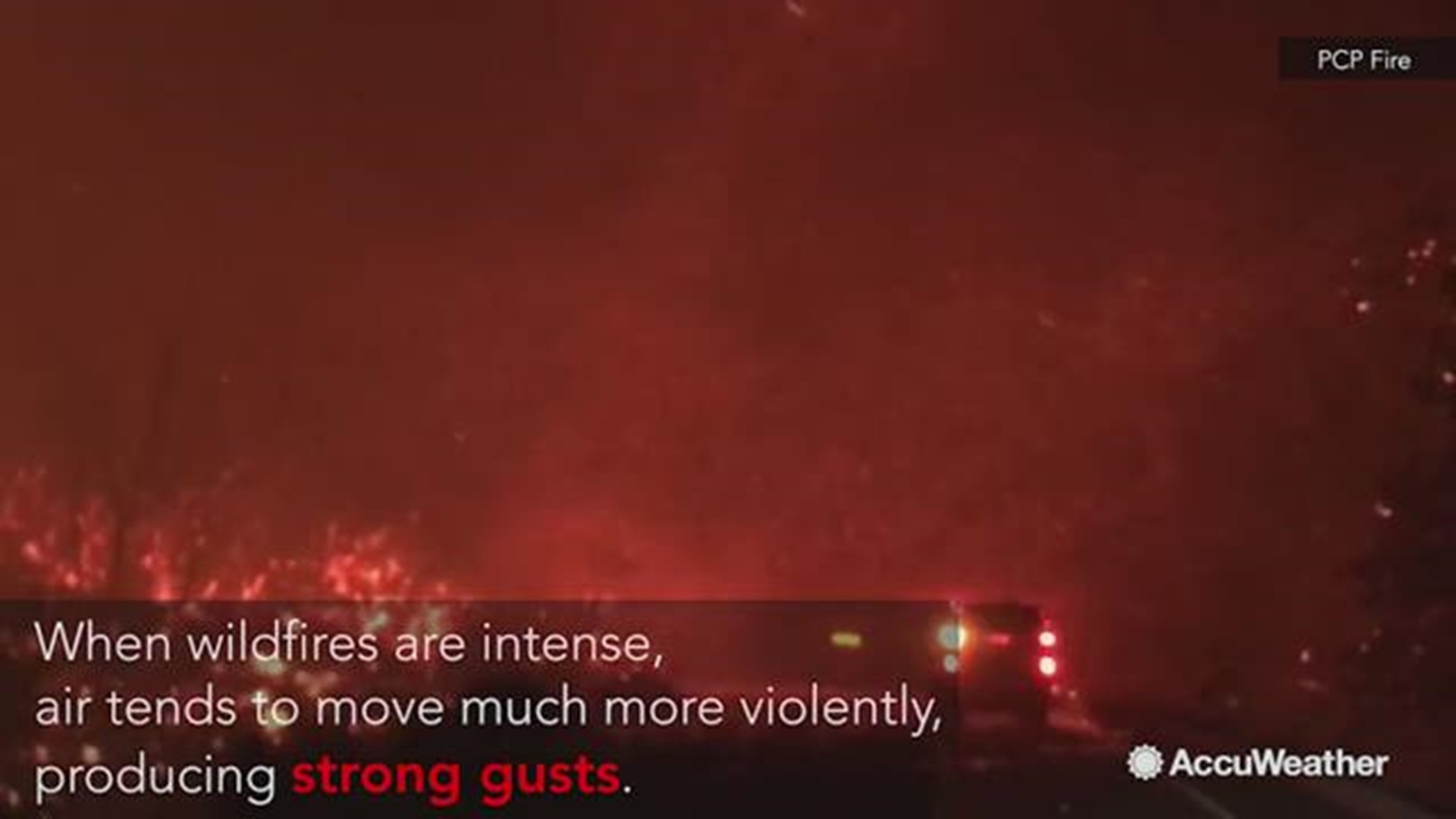PHOENIX – Nearly two decades of data shows wildfire season is getting longer and, if it holds to the pattern, Arizona might be due for the next "mega-fire" soon.
We focused only on fires over 100 acres that were listed on the SWCC’s master list, which came to more than 500 fires.
What we found was surprising. Fire season is getting longer and the fires seem to be getting more destructive. Over the past 18 years, the length of fire season has varied, but in general is increasing over time.
Some years fire season reaches almost 300 days. Officials with the Arizona Department of Forest Management said they don’t really consider it a season anymore, as fires can burn at almost any time.
“There’s some variability in climate,” State Forester Jeff Whitney said. “We are 23 years in to an extraordinary drought and I think that’s contributed.”
The amount of acres burned every year is also on a steady upswing over time.
But the graph also shows a cycle of “mega-fires” over time and the frequency between mega-fires seems to be getting longer.
Three of Arizona’s most destructive wildfires (Rodeo-Chediski, Cave Creek Complex and Wallow) happened in 2002, 2005 and 2011.
The amount of time between those mega-fires is increasing and if it holds to the pattern, Arizona is due for another mega-fire in the next year or two. The reasons for that vary, as fires are increasing in intensity across the west.
“Some of the reasons for that are that we’ve got more fine fuels because we don’t have as much public land grazing,” Whitney said, “and we don’t have a lot of active forest management either.”
The data also shows the areas of the state most impacted by wildfires. We mapped the start locations of every fire and found fires are more common on the Tonto National Forest, the Kaibab National Forest and the corridor around I-19 near Nogales.
Fire officials said those spots are in intense monsoon areas, but also along heavily-traveled highways.

